4 tips to spring clean your finances
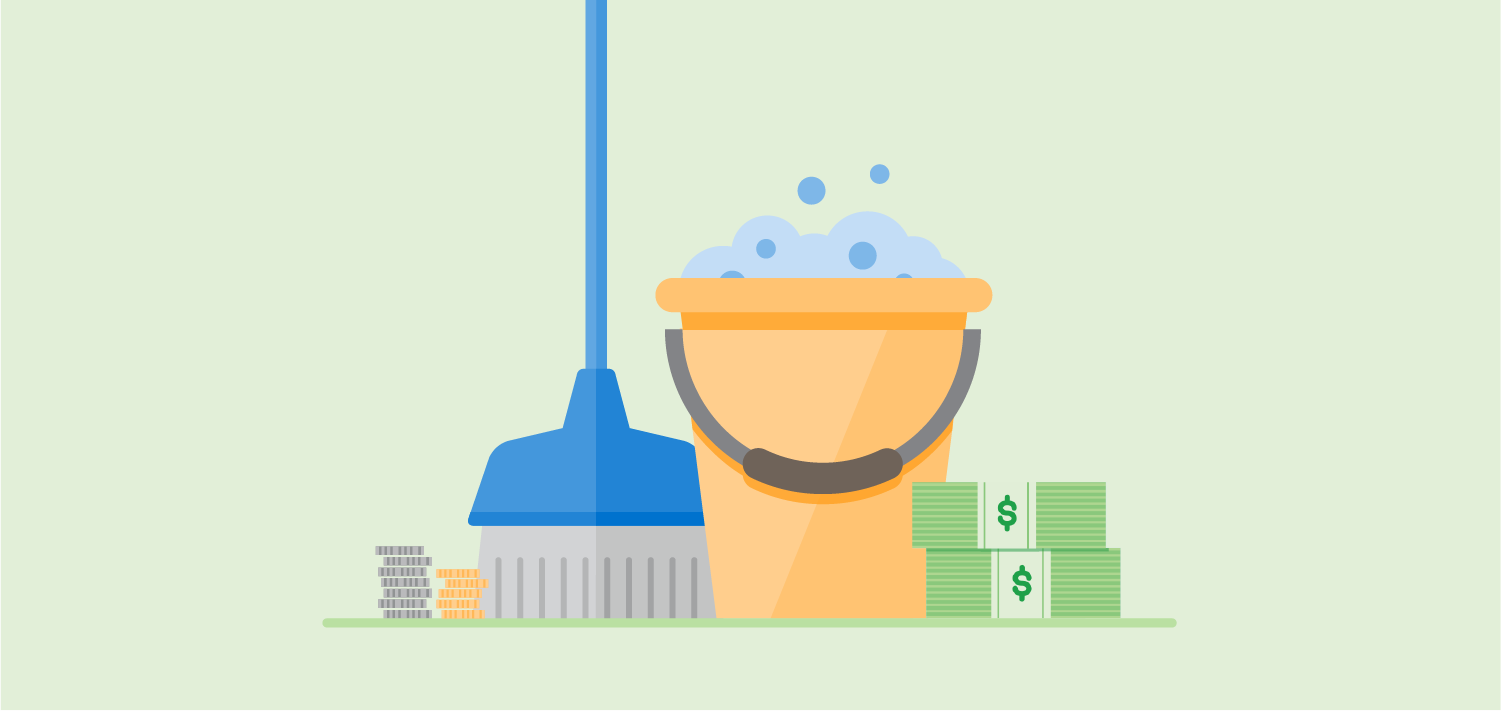
Spring is here, and it’s the perfect time to get your home and your finances in order.
Here are a few ways to get started spring cleaning your finances:
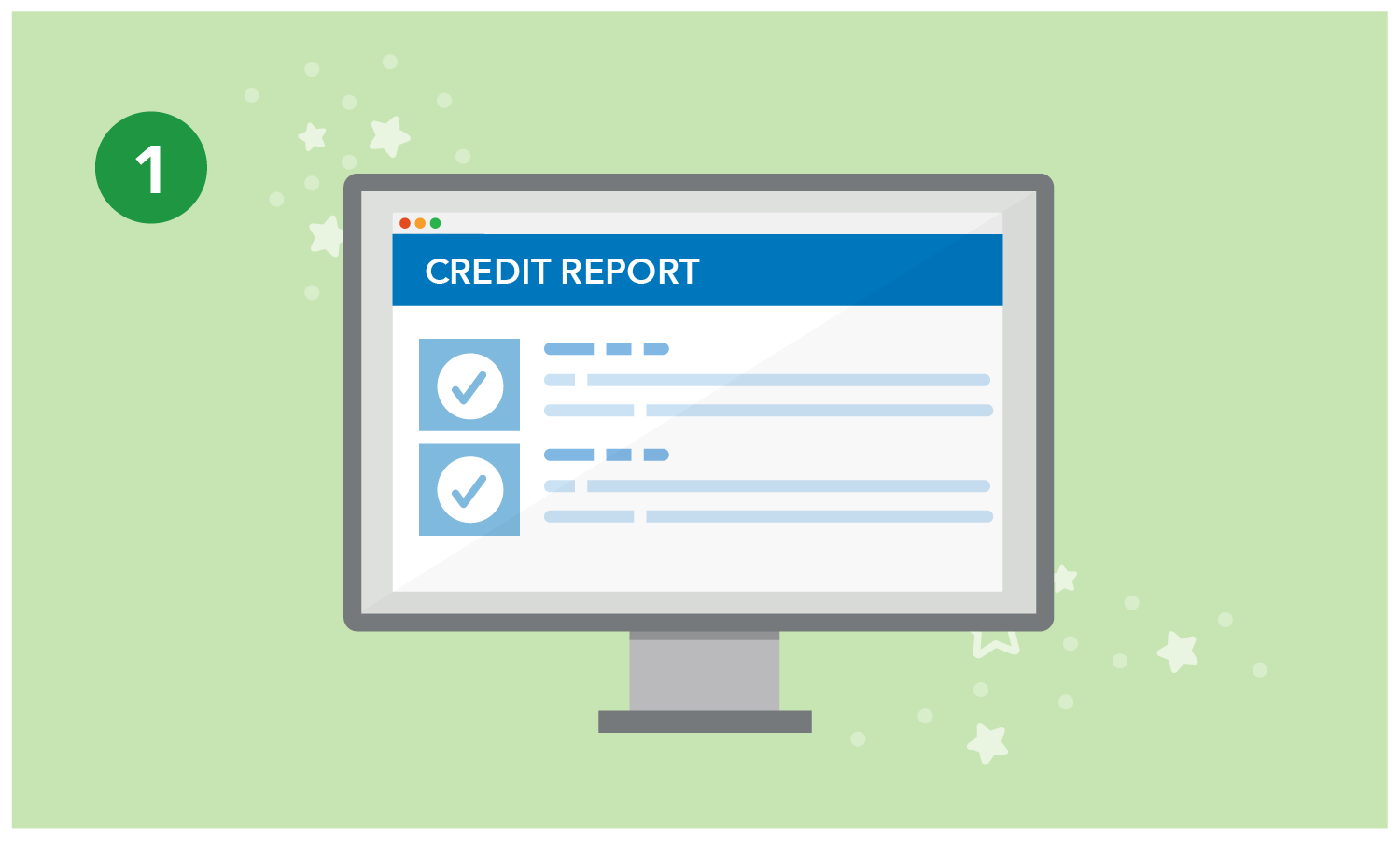
1. Request a free credit report
You can request a free credit report every 12 months from each of the three major consumer reporting companies (Equifax, Experian and TransUnion). Once you have your credit report, you can check for and correct any errors. This is especially important if you’re thinking of making any big purchases, like buying a new home. Our checklist will help you know what to look for in your credit report. Try setting a calendar reminder so you remember to check your credit reports on a regular basis. You can request all three reports at once or you can order one report at a time. By requesting the reports separately (for example, one every four months) you can monitor your credit report throughout the year.
Just like with the big three consumer reporting companies, you can also get free copies of your nationwide specialty consumer reports every 12 months from many of the specialty consumer reporting companies. Specialty consumer reporting companies collect and share information about employment history, medical records and payments, check writing, or insurance claims.
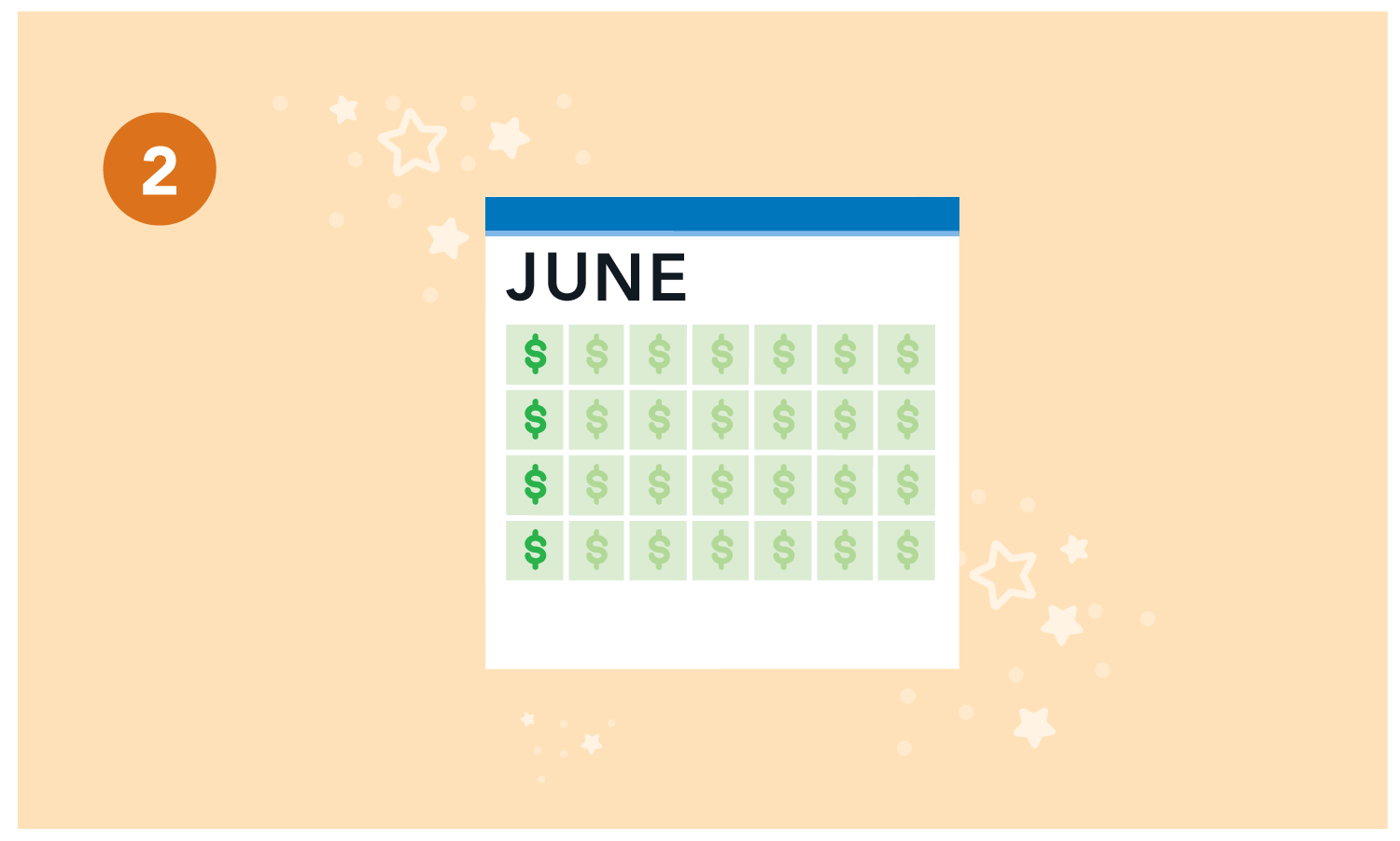
2. Address debt
If you’re facing a large debt or your payments are overdue, your first instinct may be to ignore the debt or hope it goes away. But, that may make things worse and lead to more stress down the line. There are strategies that can help you make payments that work for your current financial situation.
First, review your bills and make sure you understand what you owe. Our bill tracker can help you stay on top of your payment due dates.
Second, contact your lender to see if alternative payment options are available. You may be able to change your due date so that a payment is due closer to when you receive your income. Or, you could explore extended repayment options depending on your financial situation.
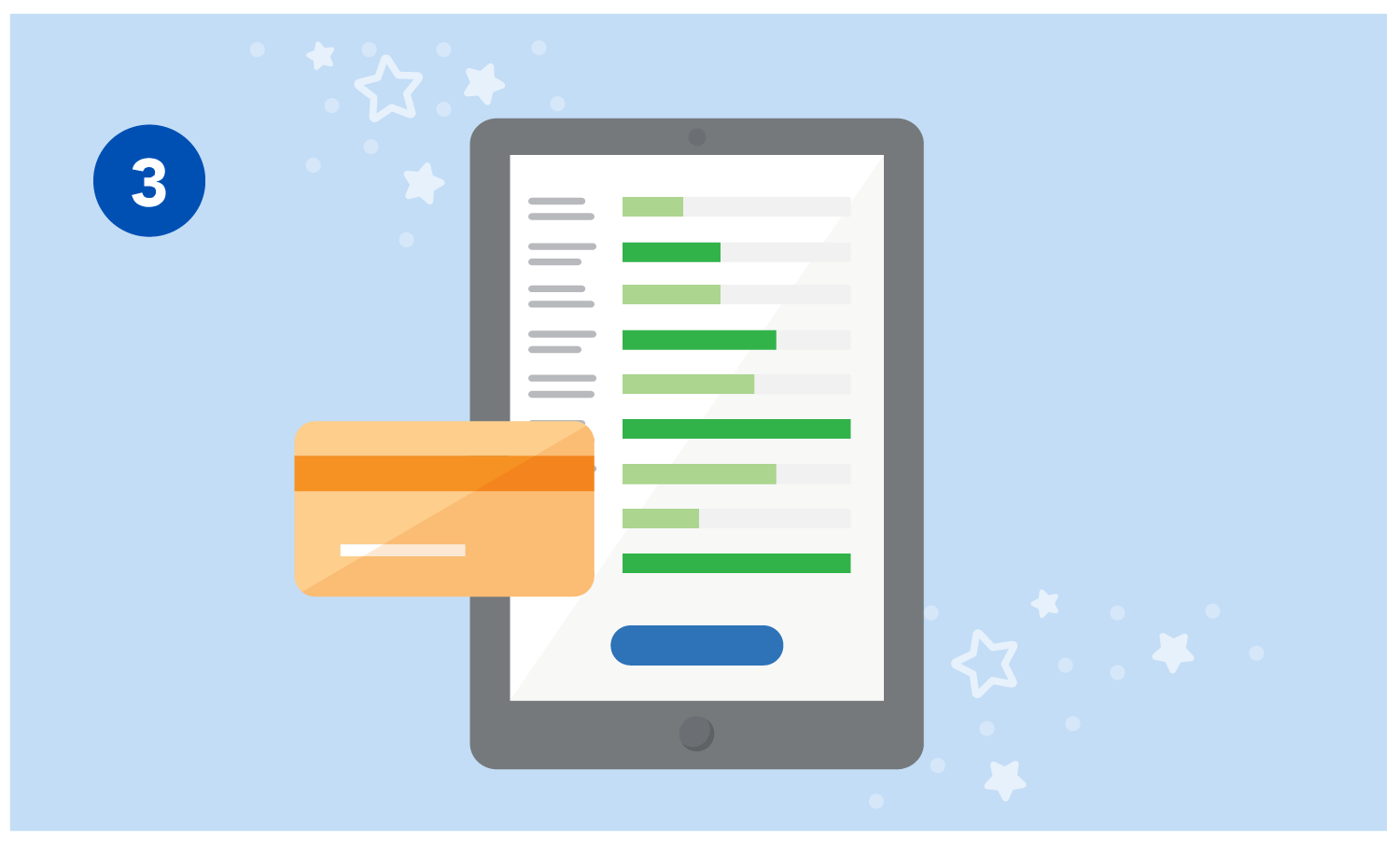
3. Review your spending
Have you ever looked at your credit card bill and wondered where all those charges came from? Or, have you found yourself swiping your credit card for a purchase before you’ve had a chance to think about it?
Gain control over your credit card spending by taking a close look at your credit card purchases over the past couple months. If you're looking to cut back, try breaking down necessary expenses vs. wants. Once you see how you’re spending, try creating a “rule to live by” to make sure you stay on track. These kinds of simple personal guidelines, such as using cash for smaller purchases, make it easier to stick to your goals over time.
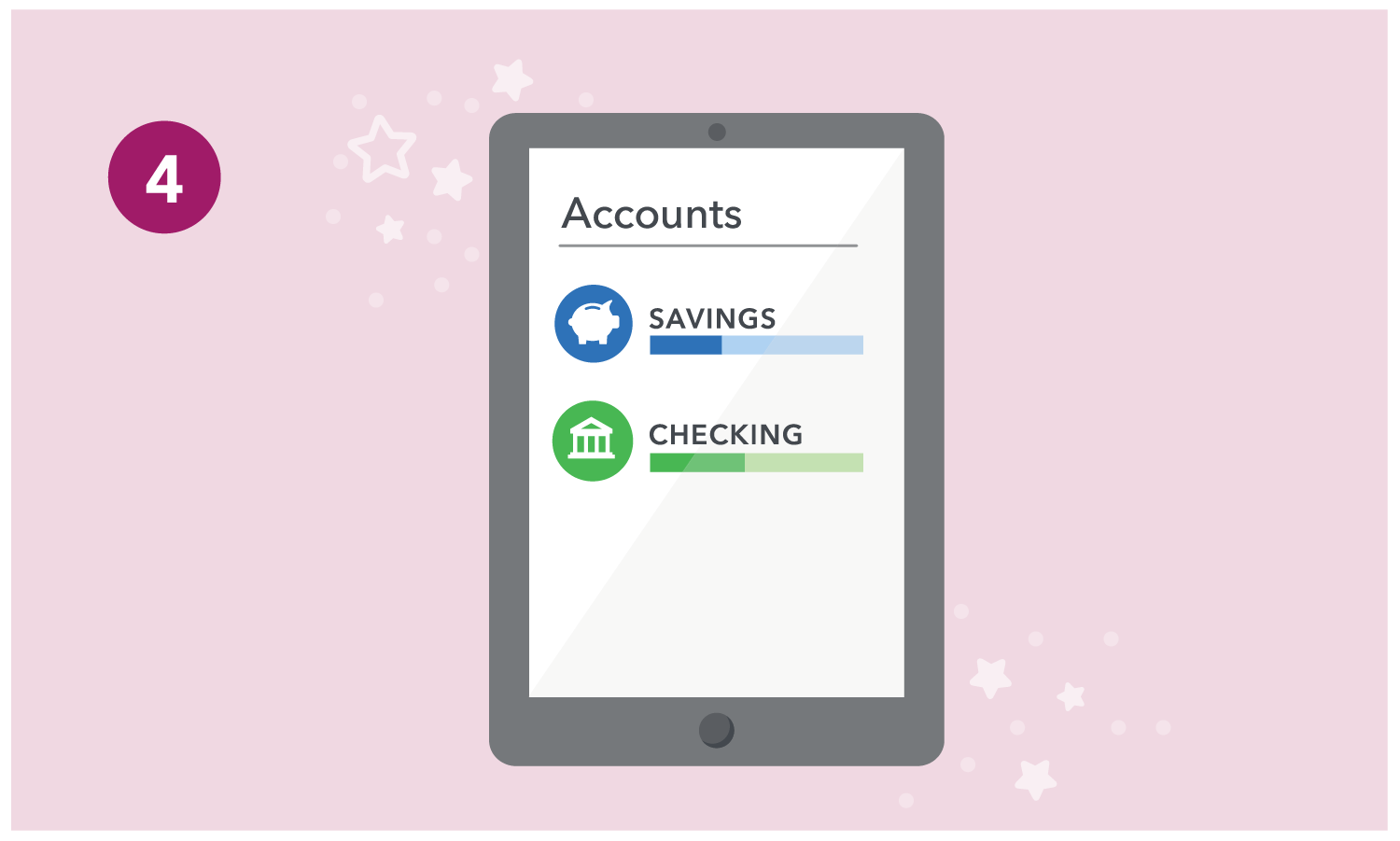
4. Save automatically
After checking your budget, you may see some more opportunities to boost your savings. For example:
- If you have a bank account and direct deposit, you may be able to arrange to automatically deposit some of your paycheck to a savings account every time you're paid, instead of all of it going into a checking account.
- You can check with your employer to see if it’s possible to split your paycheck into two accounts. You may also be able to transfer some of the money in your checking account into a savings account.
- You can check with your bank or credit union to see if you can set up automatic transfers.
- You may also be able to use a prepaid card to set aside money for savings.
Did you know that nearly 46 percent of consumers indicated that they could not pay for an emergency expense of $400? When you save for unexpected expenses, you can handle them when they happen without having to skip other bills or borrow money. Start with $500 as your goal. This is enough to cover a lot of common emergencies, like car repairs, a plane ticket to care for a sick family member, or smaller medical costs.
